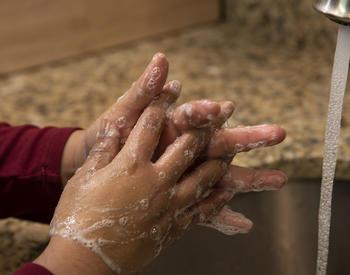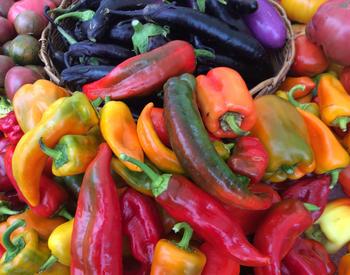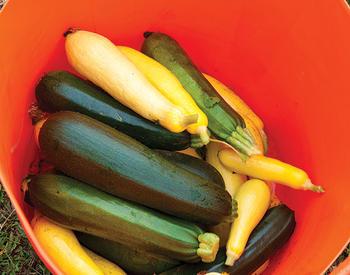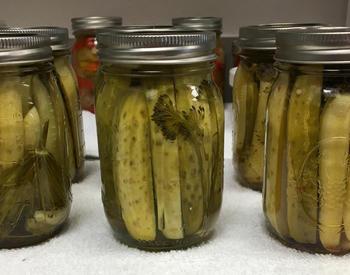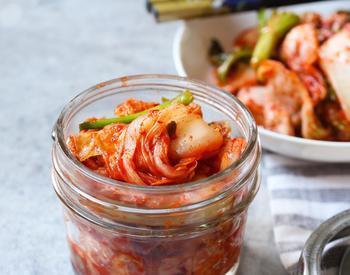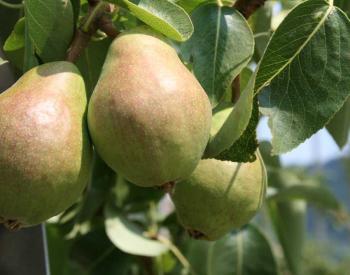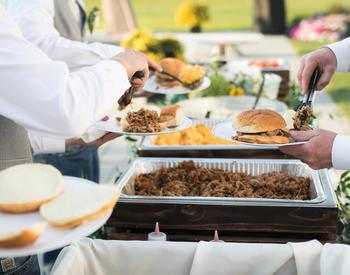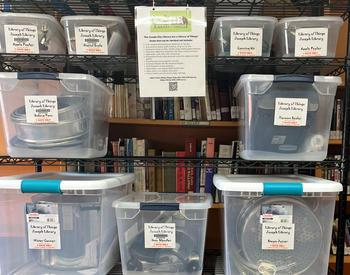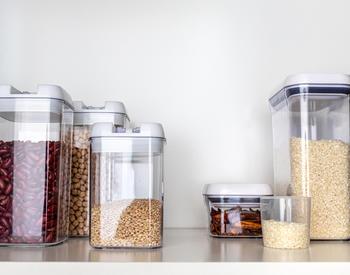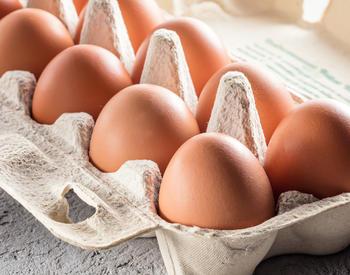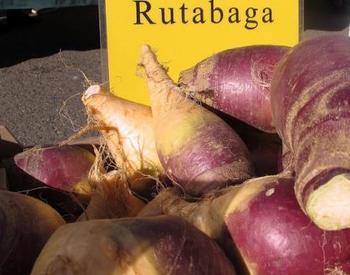Download this publication as a PDF
Dates on food labels help you judge how long the product will be at top quality (good flavor, texture, odor and nutritional value). The federal government only requires labeling on infant formula and some baby food. All other dating is provided by manufacturers to help consumers and retailers decide when food is of best quality. Dates are not an indicator of the product’s safety and are not required by Federal law. More than 20 states have their own food dating regulations.
Information on labels
Open dating (use of a calendar date instead of a code) is found on many foods. There isn’t a uniform standard for putting this information on labels, however. The following wording is often used.
“Sell-By” dates
These tell the store how long to offer the product for sale. For best quality, you should buy the food before that date.
Oregon requires these “pull dates” on perishable foods including eggs in the shell, certain fluid milk and cream products such as yogurt and sour cream, processed or cured meat such as wieners and ham, fresh seafood, ready-to-eat foods such as sandwiches and macaroni salads, and chicken and raw meat. If still good quality, foods with expired dates can be separated and offered for sale as such.
“Best if Used By (or Before)” dates
These estimate how long the product will be have best quality. These dates are sometimes found on foods such as breakfast cereals, soy milk, and biscuit mix, olive oil, yeast, raisins, bread products and gelatin dessert.
“Use By” dates
These are the endpoint of the time when the food is expected to be at peak quality. The manufacturer sets these “expiration dates”. Infant formula has a use by date to guarantee maximum nutritional value and quality. Sliced ham, hot dogs and bacon may have use by dates.
Are foods safe to eat after the date passes?
With an exception of infant formula, if the date passes during home storage, a product should still be safe and wholesome if handled properly until the time spoilage is evident. Spoiled foods will develop an off odor, flavor or texture due to naturally occurring spoilage bacteria. If a food has developed such spoilage characteristics, it should not be eaten.
Microorganisms such as molds, yeasts, and bacteria can multiply and cause food to spoil. Viruses are not capable of growing in food and do not cause spoilage. There are two types of bacteria that can be found on food:
- Pathogenic bacteria, which cause foodborne illness
- Spoilage bacteria, which do not cause illness but do cause foods to deteriorate and develop unpleasant characteristics such as an undesirable taste or odor making the food not wholesome.
When spoilage bacteria have nutrients (food), moisture, time, and favorable temperatures, these conditions will allow the bacteria to grow rapidly and affect the quality of the food. Food spoilage can occur much faster if food is not stored or handled properly.
Source: Oregon Department of Agriculture
Tips for using foods with expired dates
Foods with “Sell-by” and “Best if Used by” dates can usually be stored for a short time at home after those dates.
Non-perishable foods
Examples: breakfast cereal and gelatin dessert
The texture and flavor of non-perishable foods will begin to decline after the date listed. (For example, cereals might turn stale.) They are safe to eat.
Perishable foods
Examples: milk, eggs, meat
If perishable foods have been refrigerated at the proper temperature (40ºF or below), they will still be safe to eat after the date listed. However, quality will begin to decline. (For example, milk may develop an off-flavor.) Don’t use foods that show signs of spoilage such as mold.
Milk can develop an off flavor after the date on the carton.
Although eggs can usually be stored for three to five weeks after purchase, but it’s best to use them in cooked dishes because quality begins to decline (such as thinning of the egg white).
Deli meats should be cooked until steaming if held after the sell-by date as a food safety precaution.
If perishable foods won’t be used soon, freeze them to maintain freshness if they freeze well. See Foods that Do Not Freeze Well.
Developed by Oregon State Master Food Preserver Program
